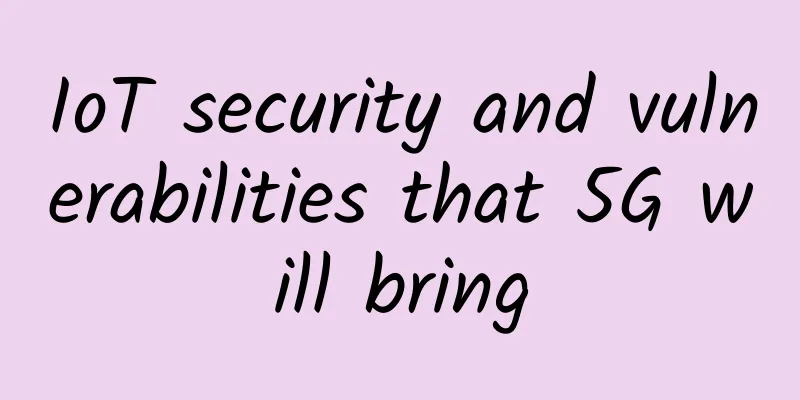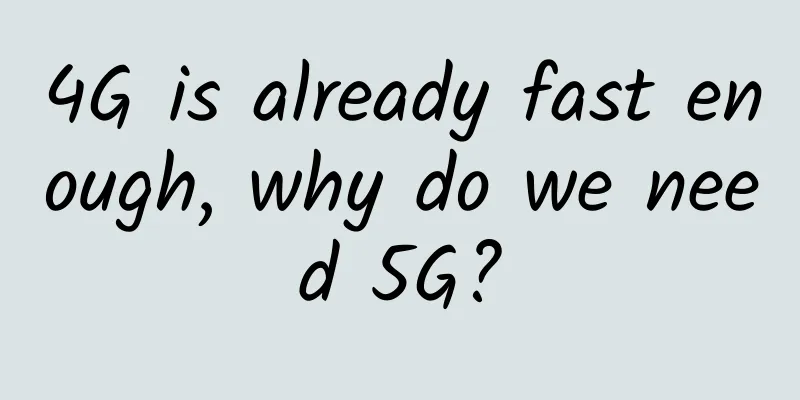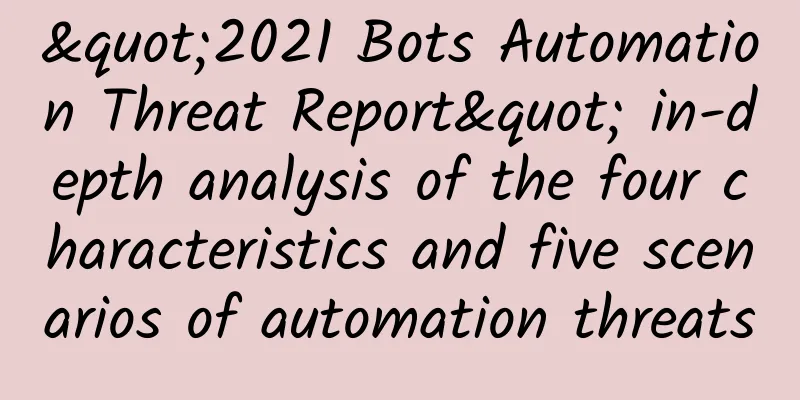IoT security and vulnerabilities that 5G will bring

|
Simply put, the Internet of Things is a network of connected physical objects embedded with electronic devices, chips, sensors and software that exchange data over the Internet. Over the past few years, the Internet of Things has grown exponentially, enabling convenience and efficiency through connected devices, and is about to enter one of the most exciting periods in its history. The telecommunications industry is one of the leading players when it comes to IoT technologies. Thanks to the capabilities and use of existing network infrastructure as a foundation; helping to develop new solutions and services based on IoT technologies. The rollout of 5G further drives the connected world of IoT, starting with smart cities and utilities, to connected cars and emergency services. The early and rapid adoption of 5G and IoT will be driven by factors such as increased demand from consumers and businesses, and the availability of more devices, which will drive IoT adoption to even higher levels. Significant investments in 5G technology, spectrum, and infrastructure, along with the implementation of global standards, will also drive its growth and market interest. As more and more devices in our homes and businesses become connected, the vision of a global IoT network supporting a vast number of connected devices will come to fruition. From smart meters and refrigerators to self-driving cars, the IoT will support basic machine-to-machine (M2M) communications, but on a much larger scale than is currently possible. The development of 5G is expected to make inroads into some of the most basic services provided across society. Known as the “mission-critical Internet of Things” (MC-IoT), this will speed up connectivity between emergency services, hospitals, fire services and smart cities. Overall, both large-scale and critical IoT will play an important role in society as a whole, especially as 5G networks gradually become popular in the market, and the launch of 5G networks will be further accelerated and adopted. Is the Internet of Things vulnerable to cyber attacks?While the benefits of 5G are hugely attractive to enterprises and service providers around the world, its penetration will also bring significant risks to the companies using 5G, especially in cloud networks. As everything gets connected to the internet and M2M devices proliferate further, the threat of attacks will increase, bringing with it a host of security risks that need to be considered before any enterprise rolls out IoT at scale for any use case. The vulnerabilities can be numerous, but from a high level perspective, here are some, but not limited to:
So, what can be done to reduce such vulnerabilities? Well, the responsibility cannot stop with any one party or stakeholder. Different stakeholders have to share the responsibility at different levels, and teams can be one of them. Equipment Manufacturers: Thorough testing, effective product design, and penetration testing are fundamental considerations and need to be conducted during the manufacturing or design phase itself. Enterprise Networks: Ensuring proper network security planning and prioritization of security topics will be essential when using public networks. User side: The essence of the user side is to have strong password management, regular firmware upgrades, etc. to avoid security issues. So, what are some of the real and major factors that can impact or compromise IoT security? Lack of global/local IoT regulations: As of now, there are no global security standards defined across the IoT space. Equipment manufacturers lack the motivation to prioritize security issues over price and performance. There is a lack of coordination and integration between sensor manufacturers, connectivity partners, mobile network operators and other stakeholders. Due to the lack of standardization, companies are working more in silos. The 5G era requires building a sustainable IoT environment, where data privacy and cybersecurity are key priority areas. Standardization and regulatory bodies are needed more than ever before, working closely with governments and industries around the world. Of course, as the IoT further penetrates the world, 5G will bring huge advantages and transformation opportunities. However, it needs to be understood and agreed that all this cannot be at the expense of security. |
<<: What are the advantages of Wi-Fi HaLow? Why is it the future of IoT Wi-Fi?
>>: How 5G will impact telecom enterprise asset management
Recommend
Bluetooth: "You have joined the group chat"
Have you ever wondered how mobile phones, headpho...
Borei Data joins hands with Volcano Engine to build a new cloud and a new future
Recently, Volcano Engine officially released a fu...
Design tiny url
Design tiny url For example, Maimai will not allo...
Hengchuang Technology Procurement Season: Hong Kong cloud server flash sale with annual payment starting from 299 yuan, US server monthly payment starting from 600 yuan
Hengchuang Technology has launched a 2021 New Yea...
What are some tips for installing home broadband that most people don't know? You need to know these things in advance
Broadband includes those from China Telecom, Chin...
Playing with Bitcoin = playing with fire? This is what the heads of major central banks think
As Bitcoin becomes more and more popular around t...
Improve efficiency Essential tools on Mac
[[396744]] There are many useful software on Mac,...
Byte One: Is there any difference between HTTP long connection and TCP long connection?
Hello everyone, I am Xiaolin. A reader sent me a ...
12 principles to make data centers perform better
As American football star Tom Brady once said, &q...
China's new breakthrough in optical communication research: one optical fiber can support 13.5 billion people talking at the same time
[[182609]] The first 560Tb/s ultra-large capacity...
[6.18] 80VPS 50% off on all KVM/XEN, special KVM annual payment starting from 199 yuan, multiple computer rooms in Hong Kong/USA available
80VPS is a long-established Chinese hosting compa...
iWebFusion: Los Angeles/North Carolina dedicated servers starting at $49/month, 10Gbps bandwidth servers starting at $149/month
iWebFusion (or iWFHosting) is a relatively low-ke...
RackNerd: Los Angeles AMD Ryzen+NVMe series Windows VPS restock starting at $60/year
RackNerd recently restocked the DC02 (MC Data Cen...
Mobile device management in the new era of 5G LAN
The emergence and innovation of enterprise-specif...
Fiber will play a key role in 5G development
CommScope recently said that in the future of bro...









